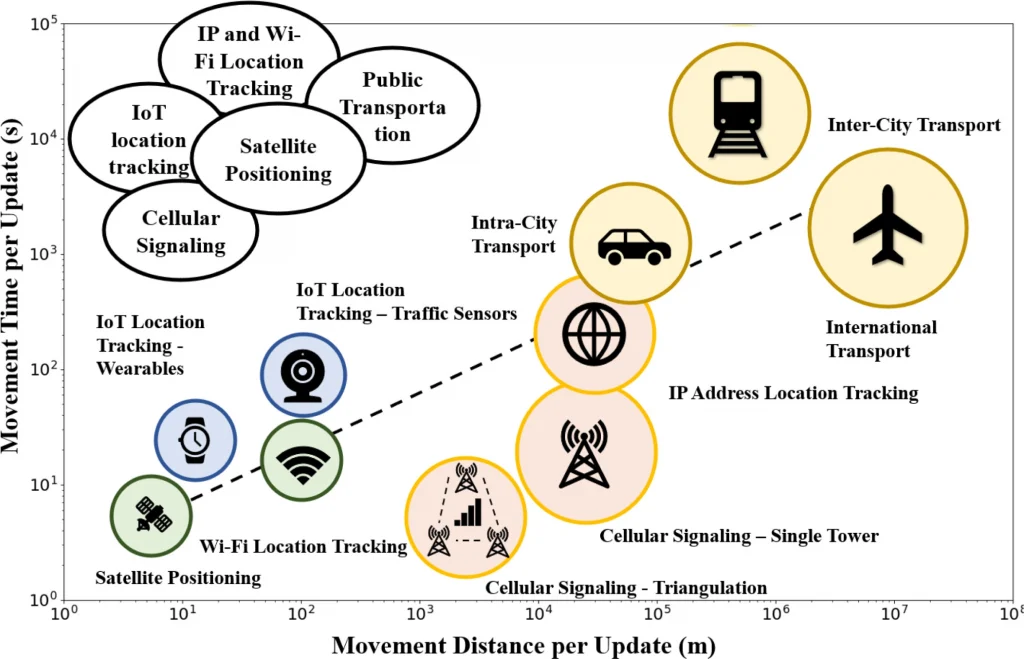Understanding how diseases spread in a connected world is one of the greatest challenges in modern public health. Traditional models (like the well-known Susceptible, Infectious, and Recovered (SIR) framework) often assume that everyone mixes uniformly, meaning each person has an equal chance of interacting with everyone else. But reality is far more complex.
Human populations are spatially distributed, socially structured, and constantly on the move. These factors shape how – and how fast – pathogens spread. To capture this complexity, researchers are increasingly turning to high-resolution population and mobility data that reflect the real patterns of human behaviour.
A recent study led by Professor Xin Lu, co-founder of the Flowminder Foundation, and co-authored by WorldPop’s Dr Shengjie Lai, synthesises existing evidence of how integrating human movement data into epidemic models can vastly improve their accuracy and timeliness.
Classic compartmental models provide useful insights, but they can’t fully capture how geography, transport networks, and social interactions influence disease transmission. Modern epidemic modelling now incorporates anonymised empirical data – from mobile phone records and GPS traces to transport logs and aggregated Internet of Things (IoT) sources – to reveal how people actually move and interact.
At the core of these advanced models is population data. Projects like WorldPop provide detailed, high-resolution estimates of where populations are located, enabling researchers to initialise and calibrate models with realistic demographic distributions. Combined with anonymous mobility and contact data, these datasets create metapopulation models, which treat cities, regions, or countries as connected nodes linked by human movement.
By combining static population data with dynamic mobility patterns, researchers can:
- Forecast outbreaks and anticipate where diseases might spread next.
- Target interventions by directing vaccines or resources to the areas of highest risk.
- Evaluate interventions such as lockdowns or travel restrictions using near real-time mobility feedback.
During the COVID-19 pandemic, for example, mobility data was critical in tracking changes in movement and understanding how interventions affected transmission (see a series of examples from WorldPop COVID-19 research and data in the ‘learn more’ section below).
The integration of WorldPop’s demographic data with human mobility information is helping public health authorities and researchers move beyond theoretical models toward actionable intelligence. By mapping how people live and move, these data-driven approaches enable more accurate forecasts, faster responses, and ultimately, more lives saved
We’re trialling the ‘Deep Dive’ audio summary feature of Google’s NotebookLM. This feature uses AI to create a podcast-like audio conversation between two AI-derived hosts that summarise key points of documents - in this case the “Human mobility in epidemic modeling” study listed below.
As Google acknowledge that NotebookLM outputs may contain errors, we have been careful to check, edit and validate this audio.
Please contact us to let us know what you think.
Music: My Guitar, Lowtone Music, Free Music Archive (CC BY-NC-ND)
Learn more
- Human mobility in epidemic modeling (Physics Reports)
- WorldPop COVID-19 research and data (WorldPop)



